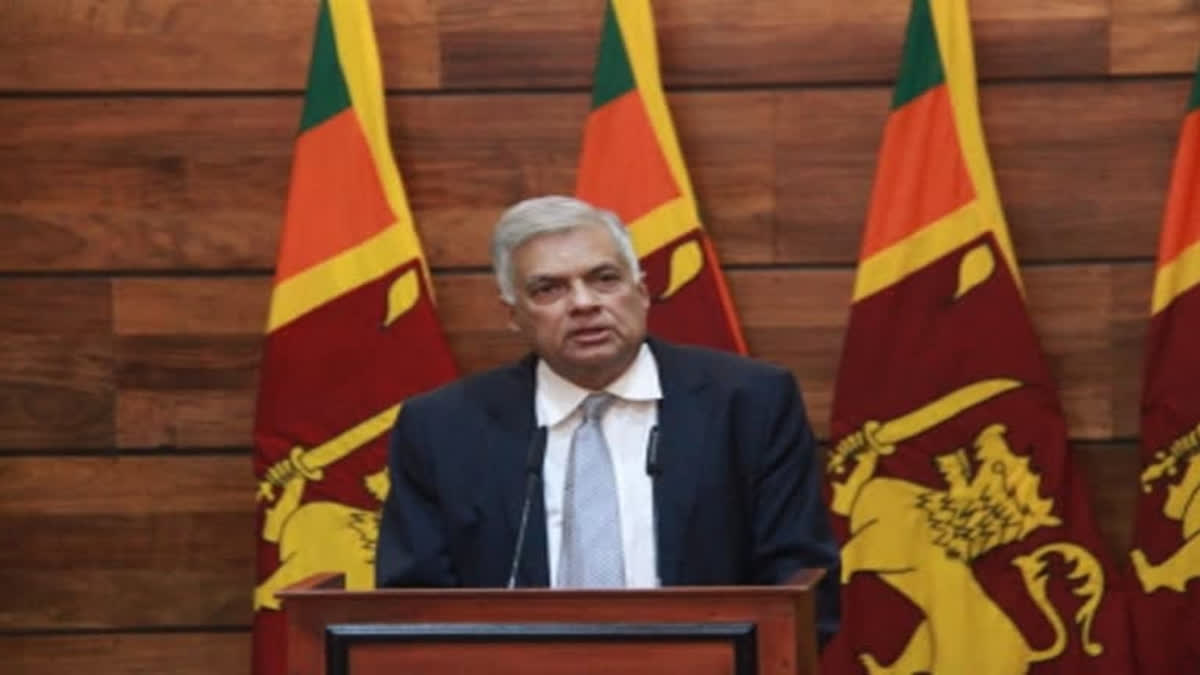New Delhi: Sri Lankan President Ranil Wickremesinghe has called for expediting the Eastern Development Project with a particular focus on the Tamil-dominated Trincomalee district and stressed the important role India has to play in this.
According to reports in the Sri Lankan media, Wickremesinghe presided over a special committee meeting at the Trincomalee Air Force base and emphasised the imperative of fostering a conducive environment that reinvigorates the nation’s economy, stressing the need to engage India’s assistance for this endeavour.
“Highlighting the strategic importance of the endeavour, President Wickremesinghe underscored the comprehensive vision for Trincomalee’s transformation into a multifaceted hub encompassing energy, transportation, maritime commerce, naval operations, aviation, industry, and tourism,” the Colombo Page reported. “He underscored the collaborative role of India in realising this strategic programme.”
It may be mentioned that during Wickremesinghe’s visit to India last month, a memorandum of cooperation was signed by the two sides for economic development projects in the Trincomalee district of Sri Lanka’s Eastern Province. Wickremesinghe also instructed the officials concerned to provide him with a comprehensive report encompassing land allocations spanning the period from 2019 to 2023.
“The Government of India is trying to do several projects in and around Trincomalee,” Anand Kumar, Associate Fellow in the Manohar Parrikar Institute of Defence Studies and Analyses, told ETV Bharat. “We are trying to develop the areas in Trincomalee to bring about peace and stability in Sri Lanka.”
Trincomalee was one of the hardest-hit districts in the Sri Lankan Civil War which was fought from 1983 to 2009. Kumar said that Trincomalee has a natural harbour and India is trying to develop this. Trincomalee Harbour is a seaport in Trincomalee Bay or Koddiyar Bay. It is the fourth largest natural harbour in the world and is situated on the northeastern coast of Sri Lanka. Located in the heart of the Indian Ocean, its strategic importance has shaped its history. There have been many sea battles to control the harbour. Formerly a British naval base, the harbour is being developed for bulk, and break bulk, cargo and port-related industrial activities including heavy industries, tourism and agriculture.
“Trincomalee also has a strategic oil tanks farm and India is trying to develop this,” Kumar said. The oil tank farm was built by the British during World War II as a refuelling station. It is located in close proximity to the Trincomalee Harbour. The proposal for joint development of this farm was envisaged 35 years ago in the India-Sri Lanka Accord of 1987. It comprises 99 storage tanks, with a capacity of 12,000 kilolitres each, spread across Lower Tank farm and Upper Tank Farm. In 2003, Indian Oil Corporation set up its Sri Lankan subsidiary Lanka IOC, to work on this oil farm. Currently, Lanka IOC runs 15 tanks. A new agreement is being negotiated for the remaining tanks. The farm is easily accessible and is located along some of the world’s busiest shipping lanes.
Sri Lanka is an important partner in India's Neighborhood First Policy and the Security and Growth for All in the Region (SAGAR) vision. The island nation is also one of India’s major development partners and this partnership has been an important pillar of bilateral ties between the two countries over the years. With grants alone amounting to around $570 million, the overall commitment by the Government of India is to the tune of more than $3.5 billion. No wonder then that President Wickremesinghe is stressing the importance of India’s role in the development of the Tamil-dominated Trincomalee district.



